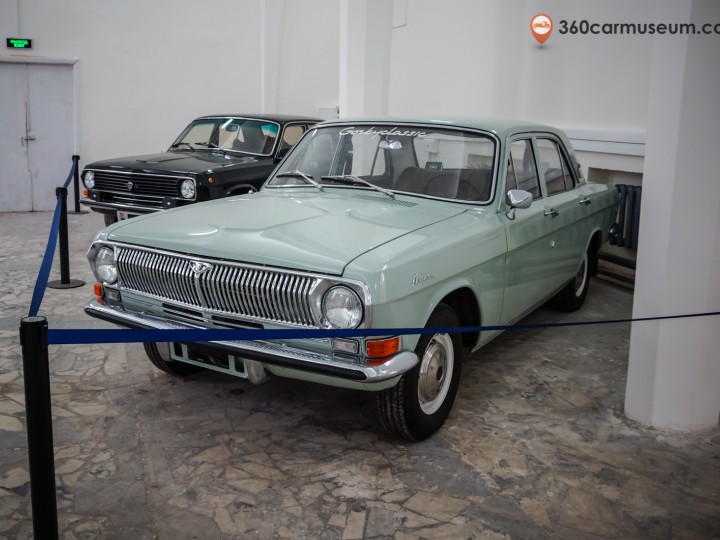1970 GAZ-24 Volga
Development of the GAZ-24 (then called M-24) finished in 1966 when several prototypes were built. The Volga GAZ-24 was unveiled towards the end of 1967. Full-scale manufacturing started only in 1970 (18,486 units built). GAZ-24 was developed to replace outdated Volga GAZ-21 developed in 1950s. Long wheelbase, boxier styling, bucket seats with lower bases and flat roof made the new Volga generously sized inside, with comfortable five- or six-passenger seating. The car was designed to last for years in severe road conditions, and its reinforced unibody construction gave the Volga extra weight if compared to foreign analogs. Yet power steering was not even an option, and it gained the nickname "barzha" (barge).
Standard engine was aluminium-block overhead valve 2,445 cc (149.2 cu in) ZMZ 24D inline-four producing 95 hp (71 kW; 96 PS) with one twin-choke carburetor. Only a four-speed manual transmission with floor-mounted shifter was offered (though GAZ did prototype an automatic, a column-shift manual, and a three-speed manual with overdrive).
















